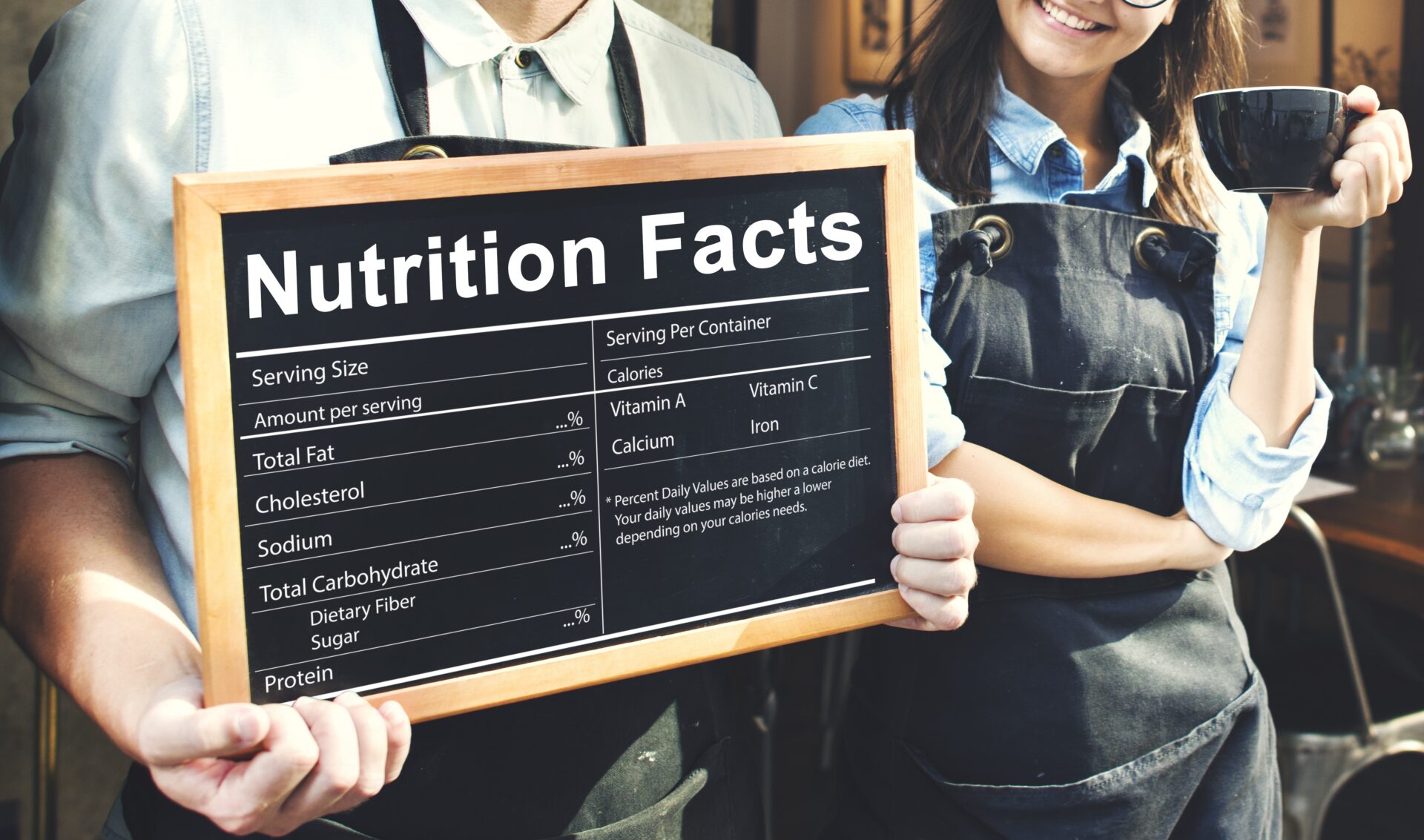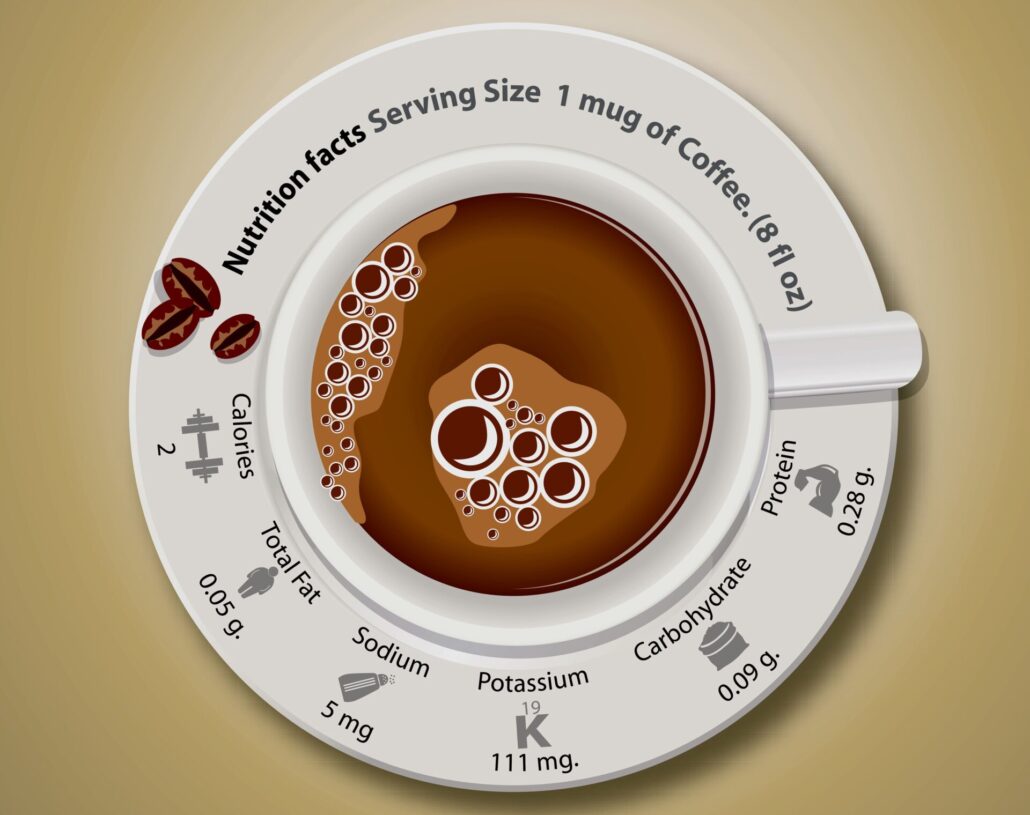Nutritional value of food: consumer awareness and marketing strategies
The EU is promoting strategies to respond to the needs of European citizens concerning food labelling and food awareness
Nutri-Score, a label to help consumers pick healthy options
Nutri-Score is a nutritional label which aims at helping consumers assess the food products they are buying. In fact, it makes it easier for consumers to compare the nutritional values of different products.
More precisely, Nutri-Score is a “front-of-pack nutritional label which converts the nutritional value of food and beverages into a simple overall score. It is based on a scale of 5 colours and letters (A is green to represent the highest nutritional quality while E is dark orange to indicate the lowest)” (BEUC, 2019).
This score takes into account both the nutrients which should be limited in a healthy diet – such as saturated fat, sugars, and salt – and those which have a positive connotation, such as fibre and protein. These data are analysed through a specific algorithm and, depending on the resulting score, calculated per 100g or 100ml, the food product is assigned a colour and a letter (BEUC, 2019).

Source: (Gaita, 2021)
The importance of raising awareness about nutritional values
Nutri-Score could help consumers pick healthy options when buying food. This phenomenon may contribute to the reduction of obesity and overweight, especially among children and teenagers, which is a major public health concern (OECDiLibrary, 2020). In fact, being overweight reduces life expectancy, increases healthcare costs, decreases workers’ productivity and lowers GDP (OECD, 2019).

Phisical activity is a fundamental element to fight obesity
In 2018 almost one in five (19%) 15-year-olds was either overweight or obese , on average across EU countries, – up from one in six (16%) in 2010. There is a three-fold variation in overweight and obesity rates among adolescents across EU countries, ranging from 12% in the Netherlands to 36% in Malta.
In all EU countries except Portugal, overweight and obesity is more prevalent in boys than in girls. On average across EU countries, the prevalence in 2018 was 23% in 15-year-old boys compared to 15% in girls. This gender difference is driven by a combination of biological, social and environmental factors. In Poland, Italy and Greece, overweight and obesity among boys are more than twice as prevalent as among girls.
In all countries except Albania, children and adolescents from more affluent families are less likely to be overweight or obese than those from less affluent families. On average across EU countries, overweight and obesity among young people from less affluent families is over 50% higher than among those from more affluent families (OECDiLibrary, 2020).
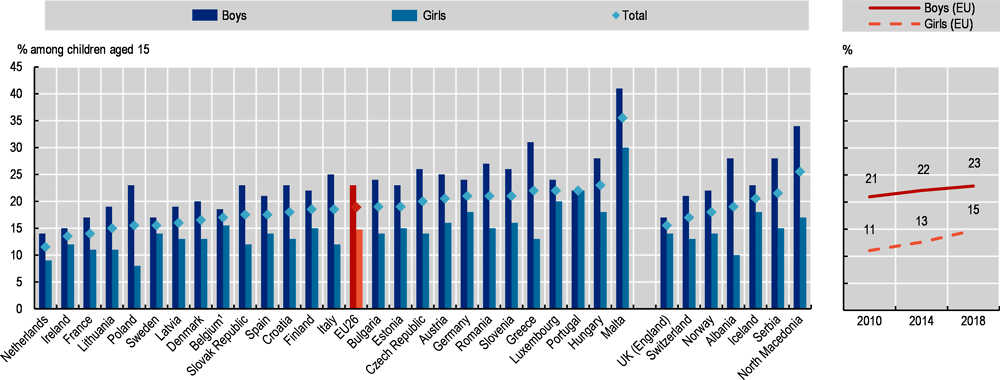
Source: HBSC data from Inchley et al. (2020). (OECDiLibrary, 2020)
Considering the current situation concerning obesity and overweight, it is fundamental to underline the importance of promoting healthy lifestyles and raising awareness among consumers about nutritional values and labels.
Nutri-Score, a quick and healthy choice
In May 2020, the European Commission announced, as part of its Farm to Fork Strategy, the adoption of a harmonized mandatory front-of-pack nutrition labelling to help consumers make health-conscious food choices. This labelling should become mandatory by the end of 2022. Scientists and other public health actors welcome this announcement coming from such an important and powerful institution (Group of European scientists supporting the implementation of Nutri-Score in Europe, 2021).
The Farm to Fork strategy basically aims at modifying the labels of foods in order to specify the origin of meat and milk used as ingredients of other products, and at introducing a synthetic, clear, harmonized and mandatory nutritional label on the front of food packs (Dongo, 2021).
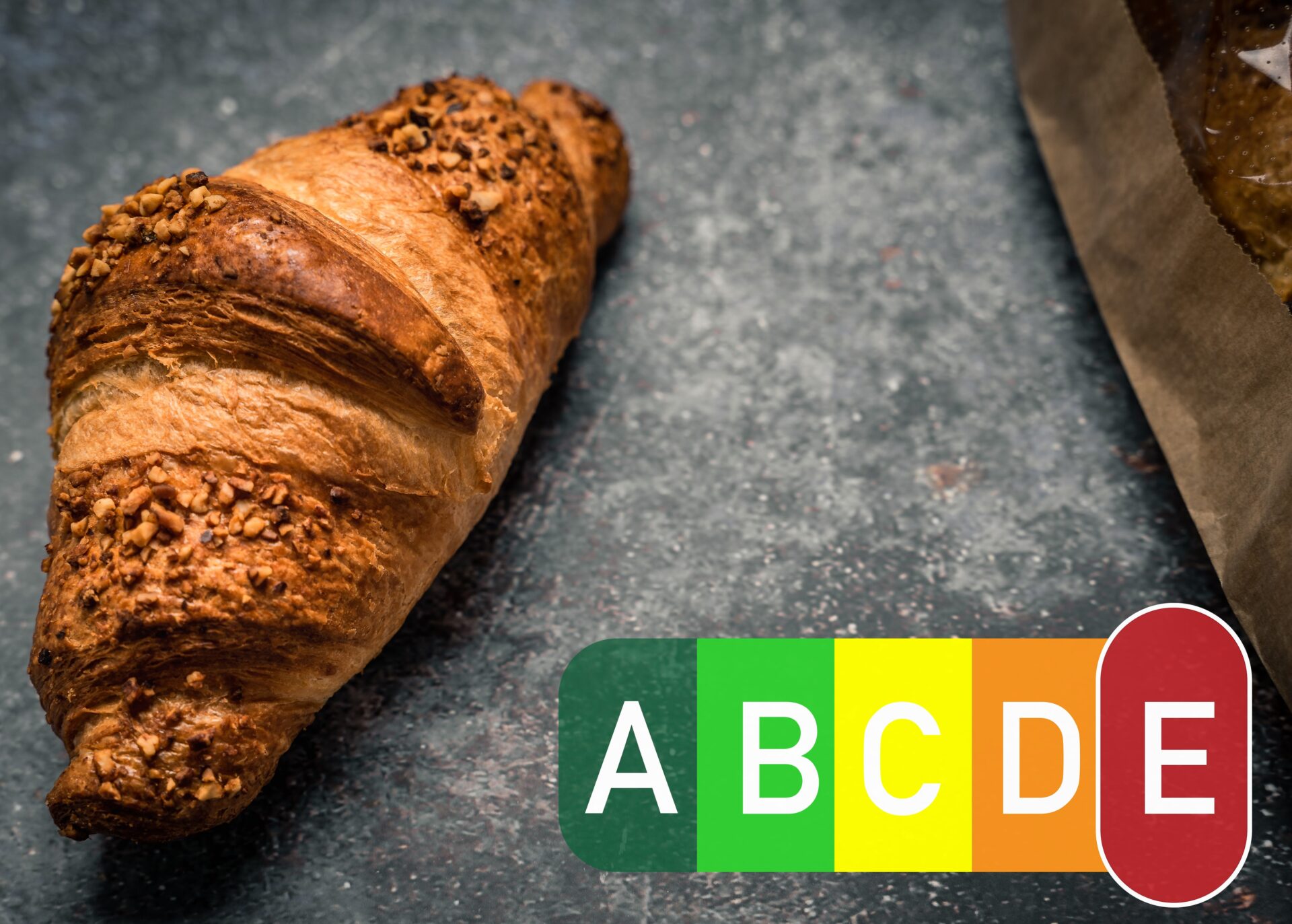
Nutri-Score food labeling. sweet nut nougat croissant labeled red for unhealthy, E level for high sugar and fat
The advantages of introducing Nutri-Score
Scientific studies show that a clear, coloured front-of-pack label is very effective in encouraging consumers to pick healthier products. Notably, the presence of a red indicator tends to induce consumers to buy a different product (Dongo & Novelli, 2020).
According to experts, an efficient label should have the following characteristics (BEUC, 2019):
- Clear colour-coding, which helps consumers to compare the nutritional quality of food and beverages
- Uniform reference amounts, such as per 100g or 100ml, so as to make it simpler for consumers to compare products
- Transparent scientific evidence, free from commercial interests
- Be applied to as many products as possible
- Give both positive and negative evaluations
The introduction of Nutri-Score might have several positive effects, as it not only helps consumers to make healthier choices, but also incentivizes food makers to improve their recipes in order to achieve a better score (BEUC, 2019).
ArtOn Café’s coffee and its nutritional values
We at ArtOn Café are glad to announce that our Rocket and Brigitte blends have a detailed nutrition facts table on their package.
Rocket blend is a 100% Top Arabica coffee which presents an aromatic embrace combining the cosiness of dark chocolate with caramelized almonds. A persistent woodland strain brings out hints of freshly picked wild strawberries and blackberries. Finally, a sharp marmalade flavour warms the aftertaste (ArtOn Café, n.d.).

Source: (ArtOn Café)
Make sure you take a look at Rocket’s nutrition facts below.
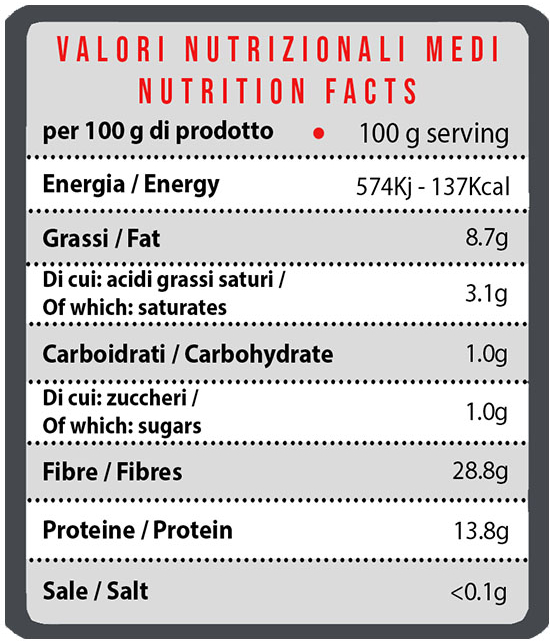
Source: (ArtOn Café)
Brigitte blend is a 100% Arabica coffee with a welcoming sweetness reminiscent of a breakfast with sultana biscuits, dates and dried figs. In the soft aftertaste pleasant hints of malt and demerara sugar can be appreciated (ArtOn Café, n.d.).
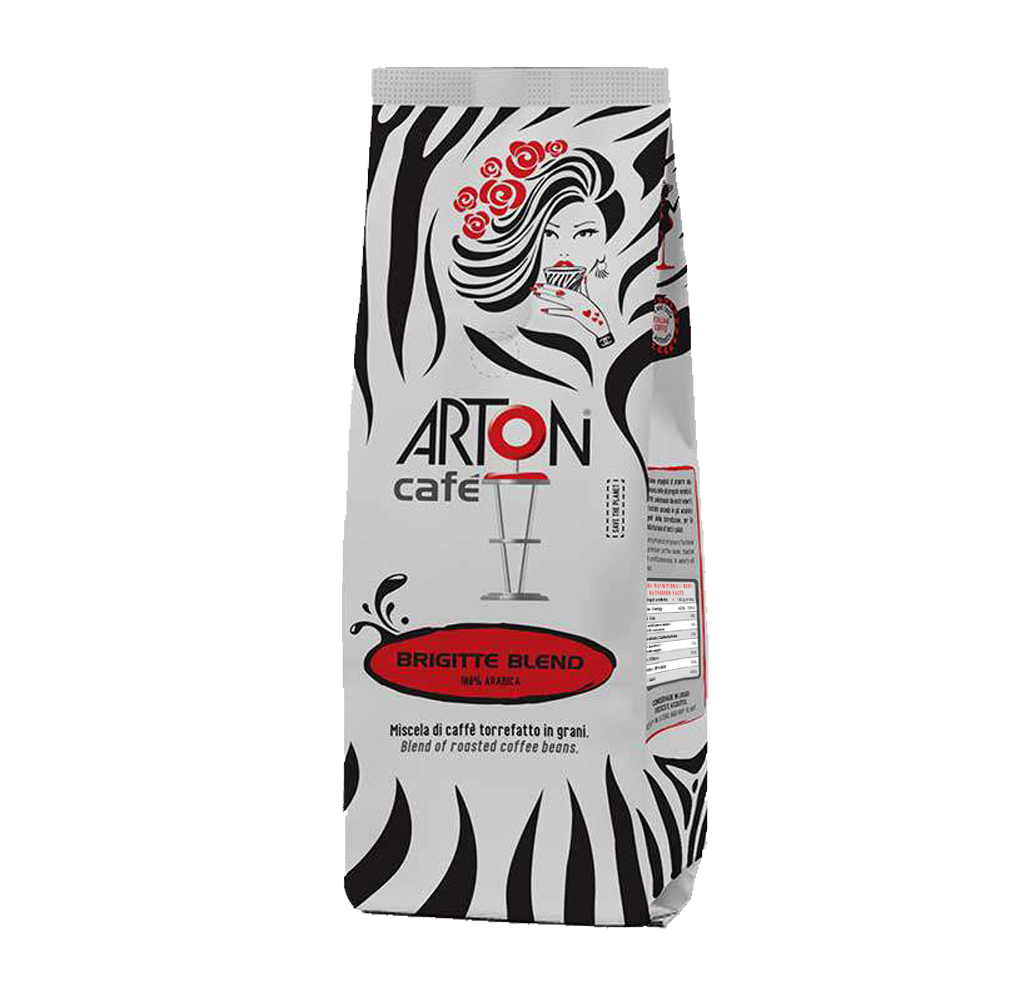
Source: (ArtOn Café)
Check Brigitte’s nutrition facts below.
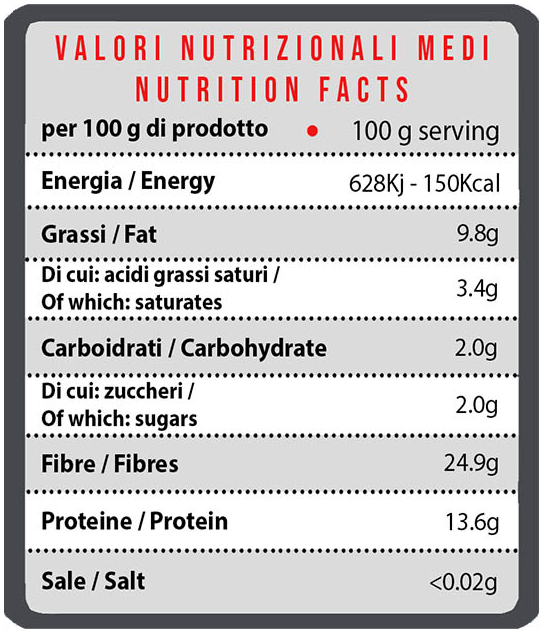
Source: (ArtOn Café)
Bibliography
ArtOn Café. (n.d.). Blends. Retrieved June 11, 2021, from Products website: https://www.artoncafe.com/blends/
BEUC. (2019). Factsheet – Nutri-Score. Retrieved from https://www.beuc.eu/publications/beuc-x-2019-051_nutri-score_factsheet.pdf
Dongo, D. (2021, May). NutriScore e profili nutrizionali, aggiornamenti da Bruxelles. GIFT – Great Italian Food Trade. Retrieved from https://www.greatitalianfoodtrade.it/etichette/nutriscore-e-profili-nutrizionali-aggiornamenti-da-bruxelles
Dongo, D., & Novelli, M. (2020, March). Nutriscore e scelte di salute, studio scientifico. Retrieved from https://www.greatitalianfoodtrade.it/etichette/nutriscore-e-scelte-di-salute-studio-scientifico
Gaita, L. (2021, April 24). La guerra sull’etichetta Ue a colori per gli alimenti: per il governo “l’algoritmo danneggia l’eccellenza italiana”. Gli interessi delle multinazionali, la gara tra i Paesi. Il Fatto Quotidiano. Retrieved from https://www.ilfattoquotidiano.it/2021/04/24/la-guerra-sulletichetta-ue-a-colori-per-gli-alimenti-per-il-governo-lalgoritmo-danneggia-leccellenza-italiana-gli-interessi-delle-multinazionali-la-gara-tra-i-paesi/6161056/
Group of European scientists supporting the implementation of Nutri-Score in Europe. (2021). Call from European scientists to implement Nutri-Score in Europe, a simple and transparent front-of-pack food label with rigorous scientific support, intended to guide dietary choices and thus contribute to chronic disease prevention. Retrieved June 11, 2021, from Nutri-Score website: https://nutriscore.blog/2021/03/16/call-from-european-scientists-to-implement-nutri-score-in-europe-a-simple-and-transparent-front-of-pack-food-label-with-rigorous-scientific-support-intended-to-guide-dietary-choices-and-thus-contrib/
OECD. (2019). The Heavy Burden of Obesity: The Economics of Prevention. Paris: OECD Publishing. doi: https://doi.org/10.1787/67450d67-en.
OECDiLibrary. (2020). Overweight and obesity among children and adolescents. Retrieved June 11, 2021, from Health at a Glance: Europe 2020 website: https://www.oecd-ilibrary.org/sites/7402dbb2-en/index.html?itemId=/content/component/7402dbb2-en
Picture credits: when not specified, the pictures are from Shutterstock
